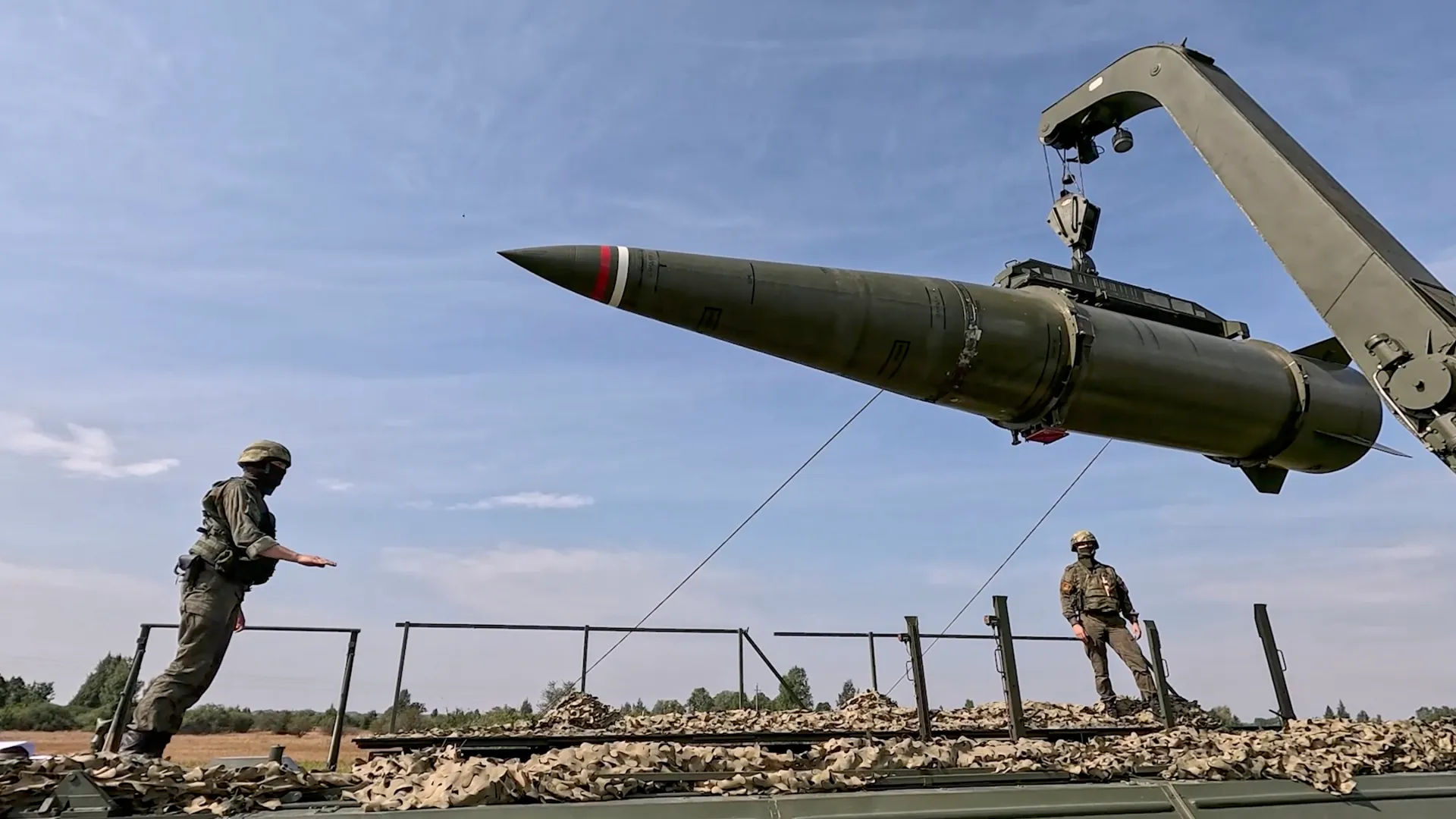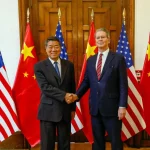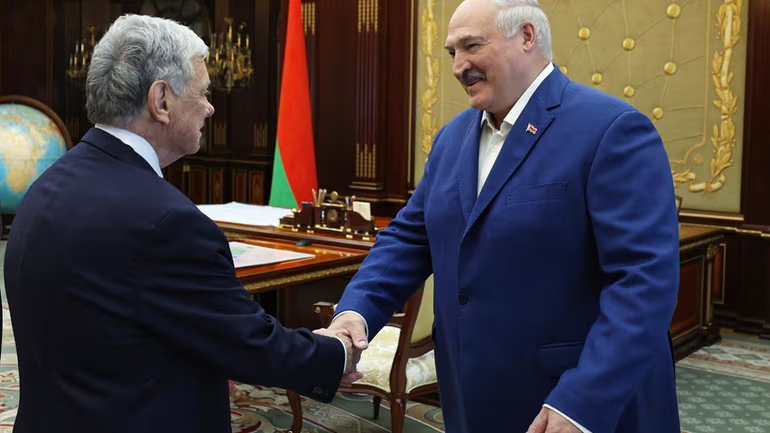Russia and Belarus have recently concluded the Zapad joint military exercises, a massive showcase of military strength and strategic coordination. These exercises, officially aimed at testing the readiness of both nations’ armed forces, have attracted global attention due to their unprecedented scale and the advanced weaponry displayed.
- Overview of Zapad Joint Exercises
- Technological and Military Demonstrations
- Geopolitical Implications
- Economic and Strategic Considerations
- FAQs
- What is the purpose of the Zapad joint military exercises?
- How advanced is the Zircon hypersonic missile tested during Zapad 2025?
- Which countries participated in Zapad 2025?
- How did NATO respond to the exercises?
- What other advanced technologies were showcased during Zapad 2025?
- Conclusion
The drills, conducted in September 2025, included the launch of cruise missiles, nuclear-capable missile rehearsals, and active involvement from allied nations such as India, Iran, and several African countries. Analysts suggest that Zapad 2025 represents more than just routine drills—it is a carefully choreographed display of military might intended to reinforce Russia’s regional influence and strategic deterrence capabilities.
Overview of Zapad Joint Exercises
Zapad, which translates to “West” in Russian, is a recurring military exercise designed to enhance coordination between Russia and Belarus. This year’s iteration, Zapad 2025, drew over 100,000 troops from both countries, marking one of the largest joint exercises in recent history. According to Russian President Vladimir Putin, the operation involved multi-domain warfare simulations, including land, sea, and air operations, alongside missile launch drills.
The exercises were carried out in multiple stages:
Cruise Missile Launches: The highlight of Zapad 2025 was the launch of the Zircon hypersonic missile from the Admiral Golovko frigate, which successfully hit a target in the Barents Sea. Capable of reaching speeds up to Mach 9, the Zircon is considered one of the most advanced missiles in the world, with a range spanning 400 to 1,000 kilometers. Experts say the missile’s success underscores Russia’s growing edge in hypersonic technology.
Nuclear Weapon Rehearsals: Belarusian President Alexander Lukashenko confirmed that the drills included rehearsals for deploying Russian tactical nuclear weapons stationed within Belarus. This included testing the Oreshnik intermediate-range ballistic missile, a weapon capable of carrying nuclear payloads over significant distances. The exercise demonstrated Russia and Belarus’s readiness to execute rapid nuclear strikes if deemed necessary, raising concerns among NATO and regional observers.
International Participation: Zapad 2025 was not limited to Russian and Belarusian troops. Forces from India, Iran, and African countries such as Burkina Faso, the Democratic Republic of the Congo, and Mali participated, highlighting Russia’s effort to strengthen global military alliances. Analysts believe this engagement serves as both a demonstration of Russia’s reach and an attempt to cultivate strategic partnerships beyond Europe.
Technological and Military Demonstrations
The exercises offered a detailed glimpse into Russia’s current military capabilities:
Zircon Hypersonic Missile: The launch from the Admiral Golovko frigate emphasized the missile’s precision and speed. Hypersonic weapons are highly valued because they are extremely difficult to intercept due to their velocity and maneuverability. Military analysts describe the Zircon as a game-changer in modern naval warfare.
Su-34 Fighter-Bombers: The Su-34s carried out precision bombing simulations, targeting strategic installations and enemy formations. These aircraft, known for their advanced avionics and payload capacity, highlighted Russia’s tactical air superiority in combined arms operations.
Iskander-M Missile Systems: Ground forces practiced coordinated missile strikes using the Iskander-M system, particularly focusing on potential scenarios in the Kaliningrad region. The Iskander-M’s range and accuracy make it a potent tactical deterrent against NATO forces.
Kalibr Submarine Missiles: Submarines equipped with Kalibr missiles demonstrated the capability to strike land targets with pinpoint accuracy while submerged, reinforcing Russia’s naval strike potential and strategic deterrence.
Experts note that these demonstrations reflect Russia’s commitment to maintaining technological superiority and readiness to deploy modern military assets across multiple theaters simultaneously.
Geopolitical Implications
Zapad 2025 exercises have triggered concern among NATO members and neighboring countries due to their scale, proximity, and timing:
Drone Incursions into Poland: In the lead-up to the exercises, at least 19 Russian drones entered Polish airspace, prompting Poland to activate Article 4 of the NATO Charter. This led to the launch of Operation Eastern Sentinel, a reinforcement of NATO forces along the alliance’s eastern flank. Analysts interpret these drone flights as a form of strategic signaling by Moscow.
NATO Observers: The United States, for the first time since Russia’s 2022 invasion of Ukraine, sent military observers to Zapad 2025. This marks a tentative step toward transparency and a potential avenue for limited dialogue between NATO and Russia, even amid heightened tensions.
Regional Security Concerns: Poland, Ukraine, and the Baltic states have voiced concerns that the exercises may not be purely defensive. Some experts suggest that Belarus could serve as a staging ground for potential offensive operations, heightening regional insecurity.
International Significance: The participation of India, Iran, and African nations signals that Russia is actively expanding its military influence beyond its immediate neighborhood. Analysts argue that these exercises could serve as both a deterrent and a recruitment tool for future military cooperation.
Economic and Strategic Considerations
Beyond the military spectacle, Zapad 2025 carries economic and strategic significance:
Defense Investments: Russia has invested heavily in hypersonic and precision-guided missile technology. The success of the Zircon and Kalibr systems underscores the return on these investments and solidifies Russia’s status as a global military power.
Energy Security and Military Strategy: Some analysts link Russia’s military assertiveness to energy geopolitics, particularly as it positions itself in relation to European and Asian markets. Joint exercises like Zapad send signals regarding Russia’s ability to protect or leverage its energy assets if confronted with external threats.
Deterrence and Global Perception: Zapad 2025 reinforces Russia’s deterrence posture, both for NATO and neighboring countries. By demonstrating operational readiness and modern military capabilities, Moscow strengthens its bargaining position in diplomatic and economic negotiations.
FAQs
What is the purpose of the Zapad joint military exercises?
Zapad exercises aim to enhance military coordination between Russia and Belarus, improve readiness, and demonstrate advanced military capabilities to both regional and global audiences.
How advanced is the Zircon hypersonic missile tested during Zapad 2025?
The Zircon missile is capable of speeds up to Mach 9 and can reach targets 400–1,000 kilometers away. Its high speed and maneuverability make it extremely difficult to intercept.
Which countries participated in Zapad 2025?
Apart from Russia and Belarus, India, Iran, and several African nations, including Burkina Faso, the Democratic Republic of the Congo, and Mali, participated in the exercises.
How did NATO respond to the exercises?
NATO sent observers, and Poland activated Article 4 following drone incursions. Operation Eastern Sentinel was launched to reinforce eastern defenses along NATO’s border.
What other advanced technologies were showcased during Zapad 2025?
The exercises included the Su-34 fighter-bombers, Iskander-M missile systems, and Kalibr submarine-launched missiles, highlighting Russia’s capabilities in air, land, and naval warfare.
Conclusion
Zapad 2025 has demonstrated the growing sophistication and reach of Russia’s military capabilities, alongside Belarus’s role as a strategic partner. The exercises, combining hypersonic missile launches, nuclear weapon rehearsals, and multi-national participation, serve as both a warning and a demonstration of Russia’s military readiness.
While officially defensive, the scale and technological display of the drills have intensified concerns among NATO members and neighboring countries. As the global security landscape evolves, the lessons and signals from Zapad 2025 will influence military strategies, defense postures, and diplomatic negotiations for years to come, highlighting the intersection of military power, technological advancement, and geopolitics in the 21st century.












